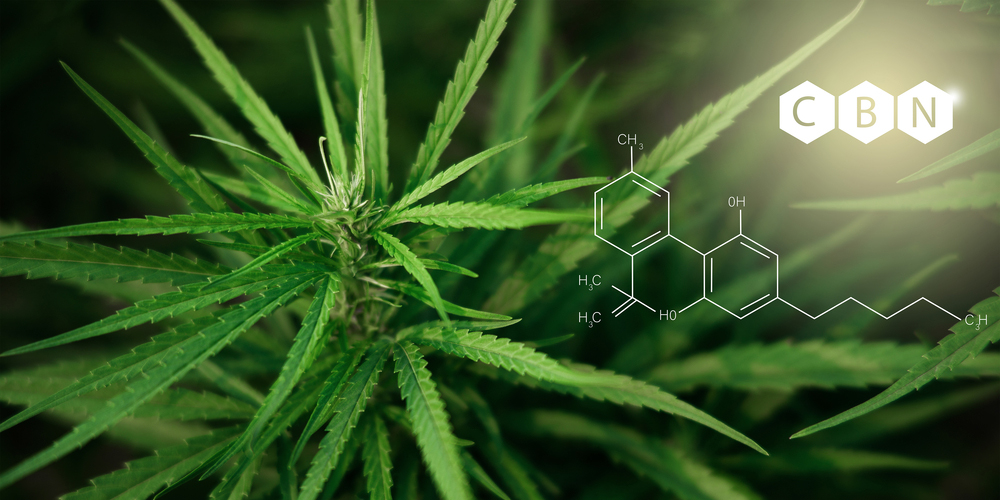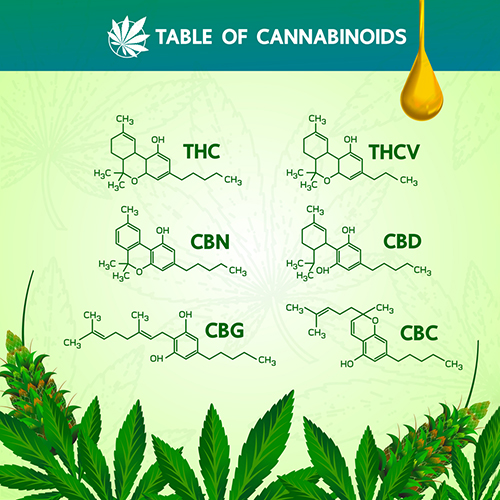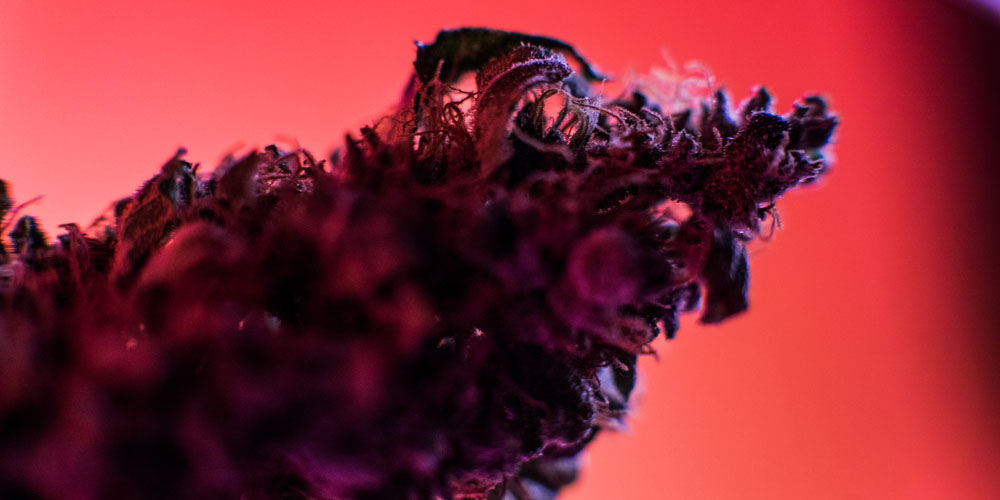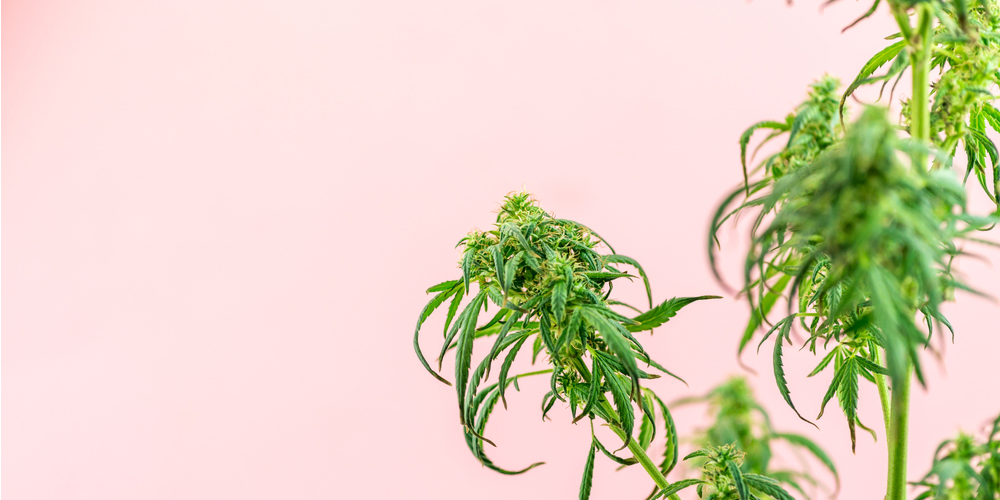If you like cannabis as much as we do, you’re probably a fan of cannabinoids. That’s because plant cannabinoids and other compounds like terpenes are what give cannabis users those amazing benefits and effects.
In this post, we’ll cover what cannabinoids are, how the endocannabinoid system works, talk about whether the body needs cannabinoids,what cannabinoids do to the body, and provide a list of cannabinoids and their uses. We’ll close with differences in cannabinoids between hemp and marijuana, and some final thoughts.
Cannabinoid Definition
“Cannabinoids,” in the most general sense, refer to a number of chemicals that act upon the endocannabinoid system of the human body, doing so primarily via their action on the cannabinoid receptors 1 and 2 (CB1 and CB2). The stimulation of these receptors exerts an effect upon many different processes throughout our body, including those involved in our evolutionary response to everyday situations, both mentally and physically. Cannabinoids can be found naturally within the Cannabis sativa plant, and they have been the subject of a great deal of research from scientific and medical communities.
Cannabinoids are naturally occurring plant chemicals found in Cannabis sativa. The most famous cannabinoid is tetrahydrocannabinol (THC), the main psychoactive component in cannabis. Cannabidiol (CBD) is almost as well known as THC these days. Despite the fame of THC and CBD, there are more than 100 different cannabinoids in cannabis that exhibit a range of effects.
The Endocannabinoid System
The endocannabinoid system (ECS) is a biological system in all mammals mostly composed of endocannabinoids, receptors for them, and enzymes. The ECS regulates a variety of human functions, including appetite, memory, mood, pain sensation, reproduction, and sleep.
The ECS helps the human body achieve and maintain—or in some cases re-establish—homeostasis. Homeostasis is a sweet spot, the balanced place where biological systems are well-regulated in the healthy zone. For example, in a human body where homeostasis is achieved, the blood sugar levels are optimal and the blood pressure is ideal. At the molecular level, the ECS helps cells maintain homeostasis.
The three main pieces of the human endocannabinoid system are:
- Endogenous cannabinoids or endocannabinoids, the small molecules that activate cannabinoid receptors
- Cannabinoid receptors on cell surfaces that interact with cannabinoids
- Enzymes that digest endocannabinoids after use
What Are Cannabinoid Receptors and Why Do We Have Them?
Cannabinoid receptors work like a thermostat or sensor. They collect data on conditions outside a cell as they sit on its surface, and then they kick-start the right cellular response like the thermostat kicks on the heat or AC based on outside conditions.
CB1 and CB2 are the two major cannabinoid receptors, and they are both found throughout the body. CB1 receptors are most prevalent inside the central nervous system (CNS) and the brain, and THC interacts with these to produce the cannabis high. CB2 receptors are more abundant in places like the immune system, which is outside of the nervous system.
Cannabinoids also exist naturally within the human body. These cannabinoids that are unique to us are referred to as endocannabinoids. To learn more about how cannabinoids work within the body, we’ve consulted our resident M.D, Dr. Ankush Patel to weigh in on what cannabinoids do to the body.
What Do Cannabinoids Do To The Body?
Our naturally-occurring endocannabinoids act on our internal cannabinoid receptors in a similar fashion to those cannabinoids contained within the Cannabis plant (i.e. “phytocannabinoids”). In doing so, they play a role in pain regulation, inflammation reduction, modulation of nausea and vomiting, bolstering of the immune system, appetite regulation, temperature control, eye pressure, psychological responsiveness, mood regulation (particularly in regards to stress, fear, anxiety, and depression), memory, the reproductive system, sleep, and more. As the endocannabinoid system has been the topic of only recent exploration within the scientific community, the true scope of this system has yet to be completely discovered.
The ability for a cannabinoid to exert a particular effect upon the body is dependent upon the type of receptor with which it interacts.
CB1 and CB2 receptors are dispersed widely throughout the body. However, CB1 receptors congregate in greater density within the brain, whereas CB2 receptors are found primarily in our immune and digestive systems. The interaction of cannabinoids with these receptors, be it our own endocannabinoids or those introduced to the body, greatly influences the aforementioned processes.
Research has demonstrated that the endocannabinoid system of the human body is likely integral to many bodily processes activated on a daily basis. Some of these functions, such as the maintenance of our immune system, though tantamount to our survival, work diligently in the background to keep us safe without us ever truly being aware of their presence. Akin to the delicately engineered cogs, gears, and other internal fixtures that exist within a complex timepiece, so too does the endocannabinoid system work alongside our own internal gears to quietly maintain balance within our life through the regulation of many vital processes.
These are processes which have been an abundant source of interest in terms of potential medical applications that can be derived from the targeting of our cannabinoid receptors.
Though once met with controversy and scepticism, the practical application of certain chemicals derived from the cannabis plant are now being viewed as potentially beneficial, particularly within the context of patient care. As a result, cannabis is now a subject worthy of innumerable exploratory research ventures as well as increasing clinical employment (and thereby validity) within official medical forums.
There are currently only two endocannabinoids present within our body that we are able to identify based on the current scientific literature. These endocannabinoids are named “anandamine” and “2-AG”, and they are able to modulate the CB1 and CB2 receptors within our body to form the endocannabinoid system. Interestingly, anandamine has been linked to the feeling of “runners high” experienced by many!
There are, however, over 100 phytocannabinoids present within the cannabis plant. Some of these phytocannabinoids produce a psychoactive effect such as tetrahydrocannabinol (THC). Others, such as cannabidiol (CBD), are non-psychoactive in nature.
As these phytocannabinoids are able to act upon our cannabinoid receptors in a similar fashion to that of our own endocannabinoids, they have been subject to research regarding their utility in a wide variety of clinical applications.
Dronabinol, for example, is a synthetic form of THC that is currently FDA-approved for medical use in the management of cancer patients who are experiencing chemotherapy-induced nausea, and as an appetite stimulant in patients with HIV/AIDS.
Unlike THC, CBD does not bind directly to the cannabinoid receptors but rather acts to influence the endocannabinoid system as a whole by enhancing the effect of our body’s own endocannabinoids, as well as the cannabinoid receptors themselves.
CBD has shown promising medical applicability through various studies that have demonstrated its potential to manage certain seizure disorders (with resultant FDA-approval of a CBD-based drug for such conditions), psychiatric conditions, and pain syndromes (including the reduction of inflammation) among other applications.
There are certainly limitations and drawbacks that exist with the use of particular phytocannabinoids, whether in a medicinal or recreational context. However, significantly more research needs to be facilitated before we are able to truly understand the clinical applicability as well as long and short term effects of these substances. Nonetheless, the knowledge we currently hold of the endocannabinoid system is a fascinating start.
List of Cannabinoids and Cannabinoid Uses
Although there are more than 100 plant cannabinoids, most are present at very low levels and are therefore difficult for scientists to detect and research. However, there are several important cannabinoids you are likely to find in cannabis:
- CBGA (Cannabigerolic acid)
- THCA (Δ9-tetrahydrocannabinolic acid)
- CBDA (Cannabidiolic acid)
- CBCA (Cannabichromenenic acid)
- THC (Δ9–tetrahydrocannabinol)
- CBD (Cannabidiol)
- CBG (Cannabigerol)
- CBC (Cannabichromene)
- CBN (Cannabinol)
- CBGV (Cannabigerivarin)
- THCV (Tetrahydrocannabivarin)
- CBDV (Cannabidivarin)
- CBCV (Cannabichromevarin)
CBGA (Cannabigerolic acid)
CBGA is the basic foundation of cannabis because it produces the three major cannabinoid lines: THCA, CBDA, and CBCA.
THCA (Δ9-tetrahydrocannabinolic acid)
THCA is the non-intoxicating precursor cannabinoid to THC. THCA is found in live and raw cannabis, and, as the plant matter dries, THCA converts to THC gradually. Decarboxylation is a process that uses heat to expedite this conversion.
Since applying heat to cannabis converts THCA to THC, does THCA even have properties for users? Yes, so far research does suggest that it might have promising:
Any high-THC cultivar that has yet to be decarboxylated contains THCA, so, if you consume the raw parts, you’ll get it. Some people eat them in smoothies or other raw food, for example. Some products are marketed specifically for their THCA content, such as those delivered via transdermal patches.
CBDA (Cannabidiolic acid)
CBDA (cannabidiolic acid) is abundant in many varieties of live cannabis plants, and it converts to the famous phytocannabinoid CBD (cannabidiol) over time and when exposed to heat. To access the CBDA, avoid exposing your cannabis to heat or seek out tinctures, capsules, transdermals, or topicals.
Most cannabinoids bind directly with either the CB1 or CB2 receptors. In contrast, CBDA inhibits the cyclooxygenase-2 (COX-2) enzyme. CBDA relieves inflammation and the pain associated with it because it blocks COX-2 enzymes, which are linked to inflammation after an infection or injury.
CBDA affected levels of serotonin, reducing nausea and vomiting in rats. This suggests an anti-nausea treatment for cancer patients.
CBDA has anti-inflammatory qualities and inhibits inflammation similarly to the way nonsteroidal anti-inflammatory drugs (NSAIDs) do.
CBDA may be a powerful anti-convulsive—perhaps many times more so than CBD.
CBDA may also treat depression similar to the way a selective serotonin reuptake inhibitor (SSRI) antidepressant medication does.
The FDA required GW Pharmaceuticals, manufacturers of Epidiolex and Sativex, to research CBDA as well as CBD. Both Epidiolex and Sativex are FDA-approved, cannabis-derived prescription drugs for seizures, and they are based on synthetic cannabinoids. CBDA was also found effective in seizure treatment, and GW has filed medical-use patents for CBDA: one for cancer and one for inflammatory skin diseases. Other research confirms CBDA may stop breast cancer cell MDA-MB-231 migration.
CBCA (Cannabichromenenic acid)
Cannabichromenic acid (CBCA) is the compound that CBC comes from. In the cannabis plant, CBCA regulates the growth process and defends against disease.
The main difference between CBCA and other cannabinoids is that most cannabinoids are produced in the trichomes we usually see that look like translucent mushrooms. But CBCA is produced in the “stalkless trichomes,” typically at a constant rate.
Like THCA, CBCA seems to defend the plant against pathogens, and it has potent cell death-inducing properties. Cell death is a known defense mechanism to pathogens, confining them to infected sites, and preventing their rapid spread.
Little research into the medical benefits of CBCA exists, but much like CBC, CBCA seems to possess antibacterial and anti-inflammatory properties, as well as a moderate antifungal property.
THC (Δ9–tetrahydrocannabinol)
There’s one abundant cannabinoid everyone knows about, and that’s tetrahydrocannabinol, THC, or 9-THC. THC among the few psychoactive cannabinoids that produces that “high” we all love, and arguably the cannabinoid that made cannabinoids famous.
THC binds with CB1 receptors in the brain to produce psychoactive effects. It’s this interaction that causes the release of more dopamine in the brain, and with it the many pleasant psychological effects cannabis aficionados enjoy. THC’s interaction with CB1 receptors also produces the side effects marijuana is known for, including alterations in cognition, memory, mood, movement, and perception.
Suffice it to say that THC has numerous therapeutic benefits that have fueled medical marijuana programs across the United States—too many benefits to explore here. But see our complete guide to THC here.
CBD (Cannabidiol)
Cannabidiol or CBD may be the most notable medicinal cannabinoid today. CBD is non-psychotropic, not just failing to produce a high, but also mitigating the cognitive side effects of THC. This is why it is so popular in medical cannabis products.
CBD’s lack of psychoactivity has helped it achieve legal status in many places and produced more CBD-specific research than other cannabinoids enjoy. Like THC, there are too many medical benefits from CBD to note here, but CBD is known to treat:
- migraines
- multiple sclerosis
- epilepsy (the FDA has approved the drug Epidiolex, a synthetic cannabinoid, which is derived from this cannabinoid for this purpose)
- chronic pain
- nausea (and this is the basis for drugs like Dronabinol and Nabilone, which treat nausea during chemotherapy)
And many other issues. Please see our comprehensive guide to CBD.
CBG (Cannabigerol)
CBG is considered a minor cannabinoid, typically present at low levels of less than 1 percent in most cannabis strains. Cannabis plants naturally produce CBGA, which then breaks down into THCA, CBDA, and CBCA.
In most cultivars, most CBGA gets converted into CBDA or THCA, so it’s rare that any CBGA will remain to convert into CBG. Some growers fight this issue by harvesting cannabis a bit early or by experimenting with cross-breeding and genetic manipulation.
Research has proven several promising results for CBG:
CBC (Cannabichromene)
CBC is non-intoxicating because it binds poorly to CB1 receptors, but it does bind well with other receptors connected to pain perception in the body, such as the transient receptor potential ankyrin 1 (TRPA1) and the vanilloid receptor 1 (TRPV1). The body releases increased levels of natural endocannabinoids such as anandamide when CBC activates these receptors.
CBC certainly has therapeutic effects, but researchers believe that it works best synergistically with other cannabinoids, as part of the entourage effect. Here are several health issues that CB may help alleviate.
Cancer. By interacting with and inhibiting the reuptake of anandamide, cannabichromene may be a powerful cancer fighter, inhibiting both inflammation and tumor growth. So far, scientists have found CBC to be the second most powerful cancer inhibiting cannabinoid—CBG is first.
Pain and Inflammation. Cannabichromene can block inflammation and pain associated with arthritis, and it acts differently than non-steroidal anti-inflammatory drugs (NSAIDs) do without the same side effects. CBC and THC together have a significant anti-inflammatory response.
Brain Cells. In animal research, CBC helps maintain brain homeostasis and defend against oxidative stress. Issues such as inflammation, oxidative stress, and toxicity create brain pathologies and neurological diseases such as Alzheimer’s disease.
Acne. CBC is a powerful acne inhibitor with anti-inflammatory properties that suppresses excessive sebaceous gland production.
Depression. Together with CBD and THC, CBC appears to deliver a range of antidepressant properties.
CBN (Cannabinol)
Found mainly in samples of aged cannabis, cannabinol (CBN) is a mildly psychoactive cannabinoid that forms as a metabolite of THC. CBN has a higher affinity to CB2 receptors, but it also acts as a partial agonist at the CB1 receptors. Compared to THC, CBN has lower affinities to both receptors. While other cannabinoids such as THC and CBD represent a much larger percentage of the cannabis plant, CBN is usually hovering around 0.5 to 1 percent.
The first major study of CBN found that as cannabis degrades over time it becomes more CBN-heavy, and there is a relationship between storage time and the concentration ratio of CBN to THC which relates to the age and storage conditions of a cannabis sample.
Pain relief. Research indicates CBN is an effective analgesic or pain reliever for chronic muscle pain disorders such as TMJ and fibromyalgia.
Anti-cancer. 2020 research indicates CBN inhibits proliferation of cancer cells, induces apoptosis and cancer cell death, and regulates expression of cannabinoid receptors in different cell lines.
Appetite stimulant. Researchers found CBN increases both the quantity and time of feeding in rats.
Anti-bacterial. According to the research, CBN exhibits “potent activity” against a variety of resistant strains of bacteria, including against methicillin-resistant Staphyloccus aureus (MRSA).
Anti-inflammatory. CBN is an effective anti-inflammatory, according to research from 2009 on CBN treating allergic asthma and other inflammatory disorders. A 2011 study reveals that CBN can treat glaucoma by reducing the inflammation that causes intraocular pressure.
Anti-convulsant. CBN, along with the other cannabinoids, works as an anticonvulsant.
Stimulate bone growth. CBN may stimulate bone marrow cell growth, helping to create bone tissue and heal fractures.
There is no evidence that CBN in its isolated form is sedating, although high-CBN strains and products can be. This may be because THC and CBN together cause a synergistic sedative effect, and, as monoterpenoids evaporate with time, more sedating terpenes remain to help you sleep.
CBGV (Cannabigerivarin)
Cannabigerivarin (CBGV), a derivative of cannabigerol (CBG), produces no psychoactive effects like most cannabinoids. CBGV has several known benefits:
THCV (Tetrahydrocannabivarin)
As we discussed, THC interacts with the CB1 receptors in the brain, which is what gets you high. Research seems to indicate that THCV behaves differently in terms of psychoactive effects depending on the dose.
At lower doses, THCV does not give you a buzz because it acts as a CB1 antagonist. But at higher doses, THCV acts much more like THC, behaving as a CB1 agonist and producing a psychoactive high.
The THCV buzz is stimulating and clear-headed, and it intensifies the classic THC euphoria. A THCV high appears to both hit and fade faster than the psychoactive effects of THC. THCV also has therapeutic benefits:
CBDV (Cannabidivarin)
Unsurprisingly, CBDV is similar structurally to CBD (cannabidiol). Neither is intoxicating alone, so CBDV won’t cause the classic THC euphoria. CBDV occurs mainly in indica landrace strains from Africa and Asia, as well as in cultivars that naturally feature more CBD and less THC.
Most CBDV research so far focuses on its mitigating effect on seizures. The first FDA-approved CBD drug, Epidiolex, was developed by GW Pharmaceuticals, and they are now developing a CBDV-based drug to reduce or prevent seizures and treat autism.
CBDV also has other benefits:
CBCV (Cannabichromevarin)
Very little is known about Cannabichromevarin (CBCV), but it is known to be an effective anticonvulsant and treatment for epilepsy.
Cannabinoids in Hemp vs Cannabinoids in Marijuana: Are They Different?
In a word, no. Both hemp and marijuana are cannabis plants, and cannabinoids occur in cannabis sativa plants. The difference between hemp and marijuana is a legal distinction based on how much of which cannabinoids are present.
Marijuana is cannabis that has more than 3 percent THC in it, so the presence of that amount of that cannabinoid determines whether or not a plant is hemp or marijuana—it’s really that simple. But the rest of the cannabinoids are the same, and they may be present in different amounts depending on the cultivar or plant.
Furthermore, although the amount of THC changes from hemp to marijuana, the cannabinoid THC itself is the same.
To learn more about how cannabis and cannabinoids work together within the hemp plant, we consulted our botany author and plant biologist Kristen Peach, PhD.
Cannabinoids in Hemp
Commercially grown hemp can produce 80-113 distinct cannabinoids. The most well-known cannabinoid produced by hemp is CBD (cannabidiol), a non-psychoactive compound that’s abundant in hemp. One of the main reasons hemp is considered different from marijuana is that it does not produce THC (tetrahydrocannabinol), the primary psychoactive constituent of marijuana. CBD has become the poster child of cannabinoids because it is non-psychoactive but provides a long and growing list of health benefits. A recent study of the genome of Cannabis sativa (the scientific name for both Cannabis/marijuana and hemp) found that the genes that regulate the production of THC and CBD (the THCA and CBDA synthases) are nearly identical. This research suggests that they come from the same gene which was duplicated millions of years ago. Over time, one or both gene copies became scrambled and began to evolve separately. They became different enough that they now produce two different enzymes—CBDA synthase found in hemp, and THCA synthase in cannabis/marijuana.
The genes responsible for CBD and THC production are found on the chromosomes (thread-like structures located inside the nucleus of plant cells), and the gene ‘map’ of these chromosomes shows that two distinct genes are associated with THC vs. CBD, which should make it possible to grow plants without THC.
CBC is a lesser known cannabinoid that has unusual pharmacology, including anti-inflammatory properties, and it is psychoactive. The discovery of the gene responsible for CBC production in Cannabis may make it possible for breeders to tailor its content in future varieties.
Final Thoughts
We hope this introduction to cannabinoids has been useful. The truth is, there’s still a lot of missing research on cannabinoids! But hopefully as cannabis approaches legal status nationwide, that will continue to change.
Written by Diet Smoke Staff Writers
The staff writers for Diet Smoke have been researching and writing about premium hemp-derived THC and CBD products for more than 3 years. The team has a keen understanding of the topic, remain current on all FDA and industry news, and use their expertise to generate engaging and informative content to help educate consumers on Diet Smoke’s products. Each article is fact-checked and includes sources to scientific data to ensure readers receive the most up-to-date and accurate information possible.
Find out more about Diet Smoke, our history and our commitment to creating the highest quality products.
Reviewed By Colby Wohlleb
Colby Wohlleb, editor of Diet Smoke, reviews and approves all content before releasing it for posting on the Diet Smoke website. As a tireless advocate for the benefits of premium hemp-derived THC and CBD products, Colby ensures that all content is accurate, engaging, and informative. He also works directly with a trusted source to ensure the purity of the products we sell and performs rigorous lab testing to ensure that Diet Smoke’s products are of the highest quality and safety standards.



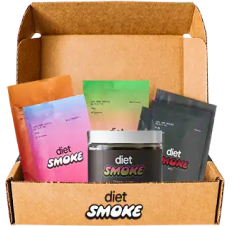

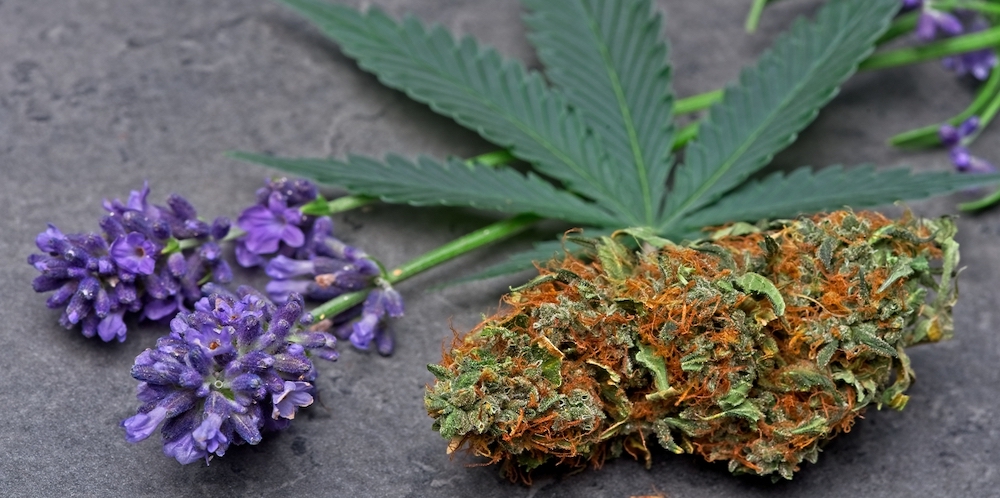
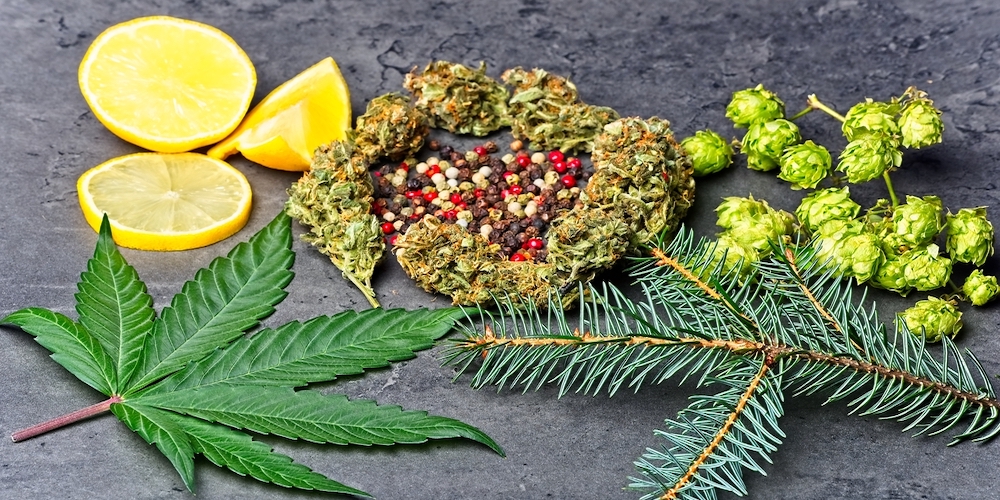
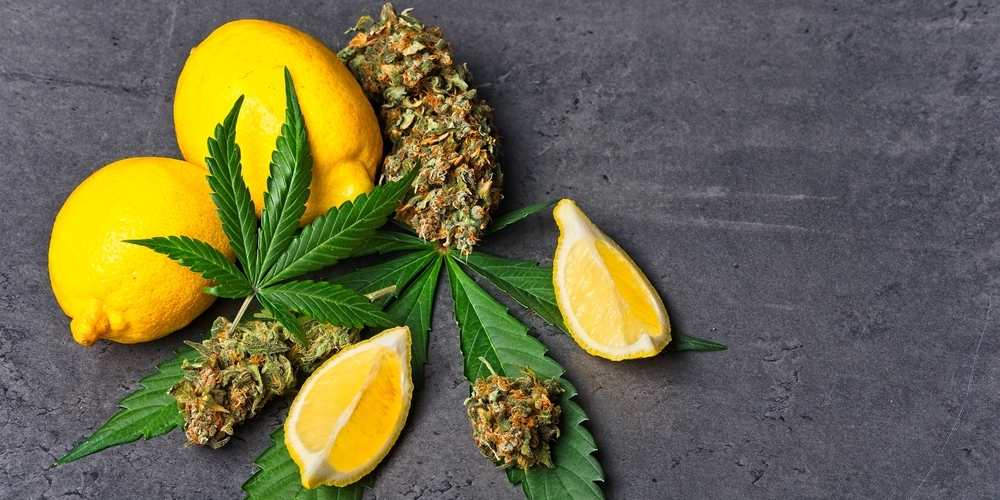
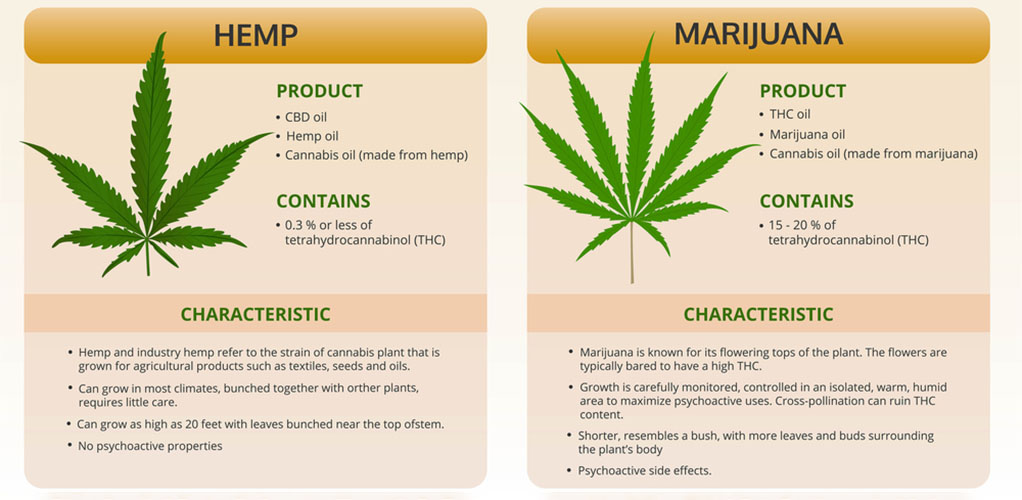
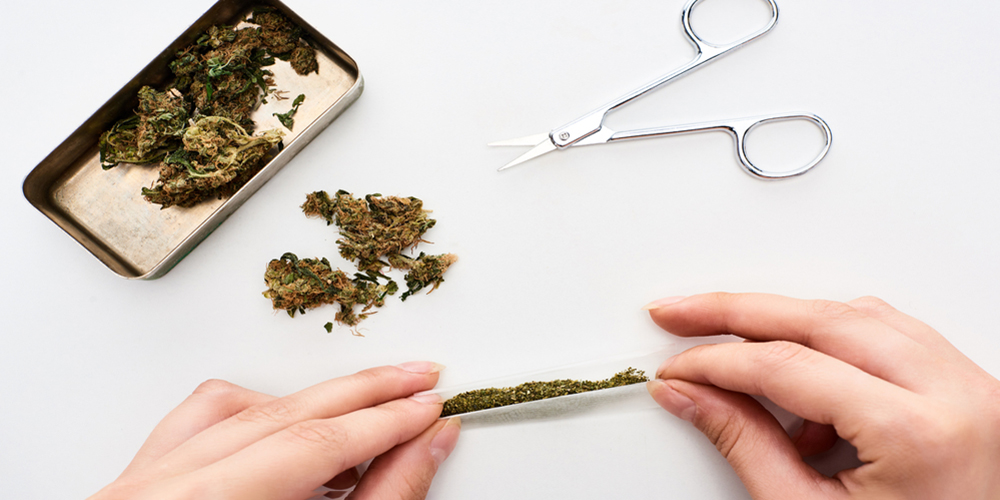
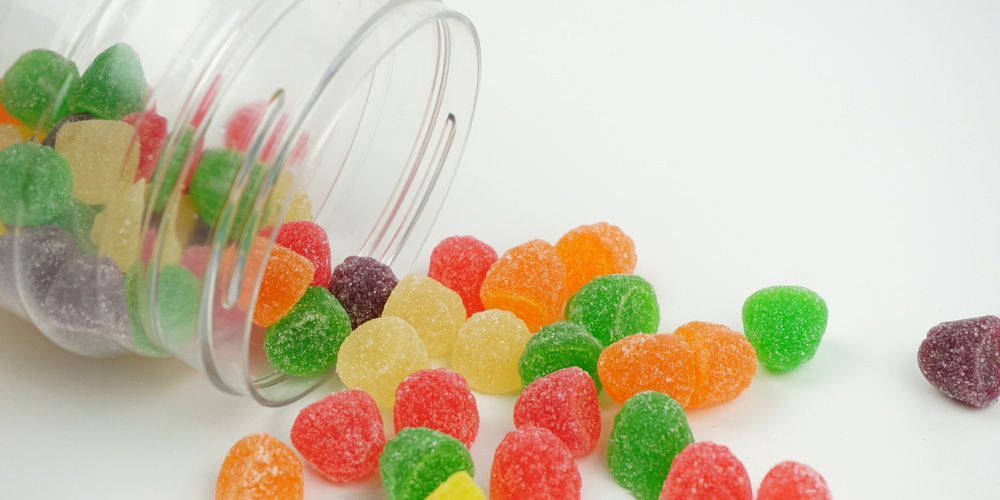
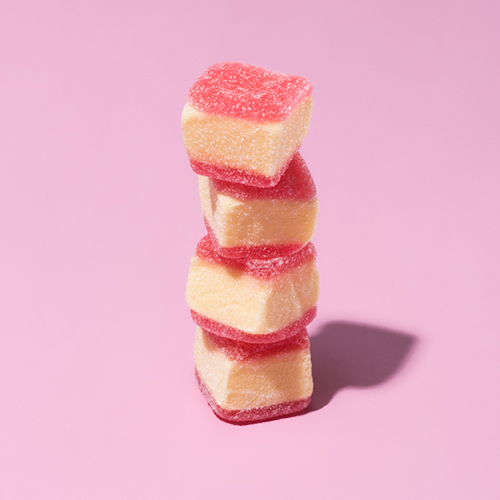 Store gummy edibles away from any heat and light sources in order to maximize their flavors and freshness. Exposure to extreme temperatures, hot or cold, not only affects the chewy texture of gummy candies but also can alter the taste.
Store gummy edibles away from any heat and light sources in order to maximize their flavors and freshness. Exposure to extreme temperatures, hot or cold, not only affects the chewy texture of gummy candies but also can alter the taste.